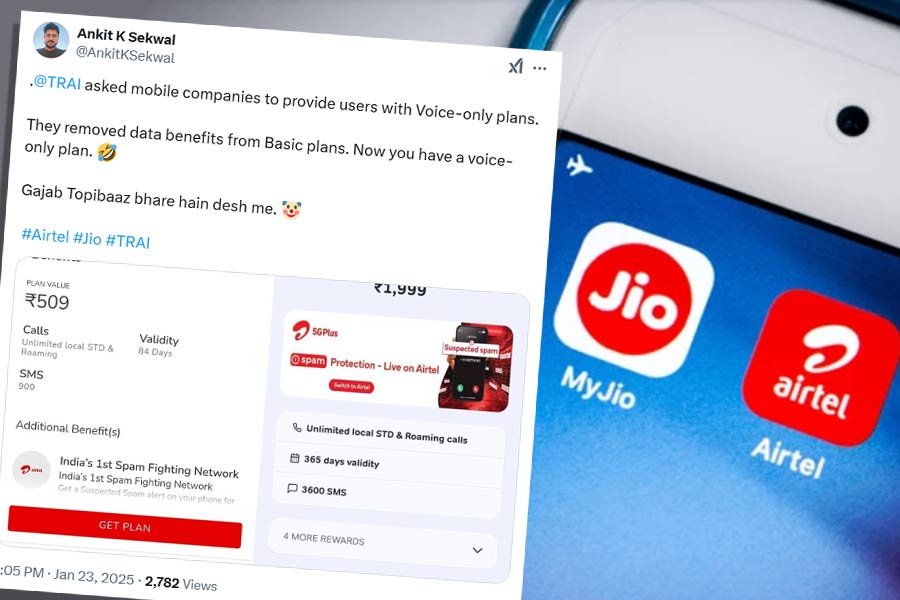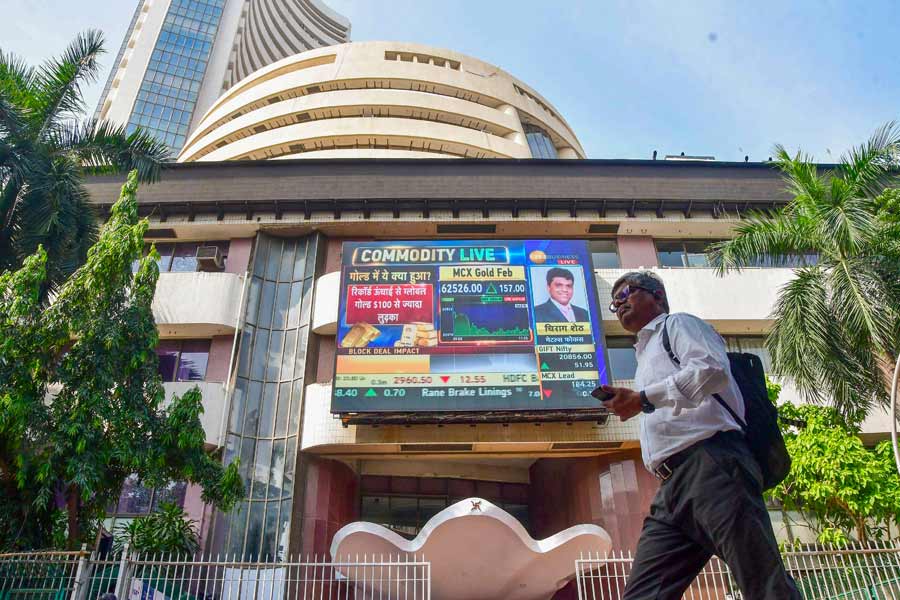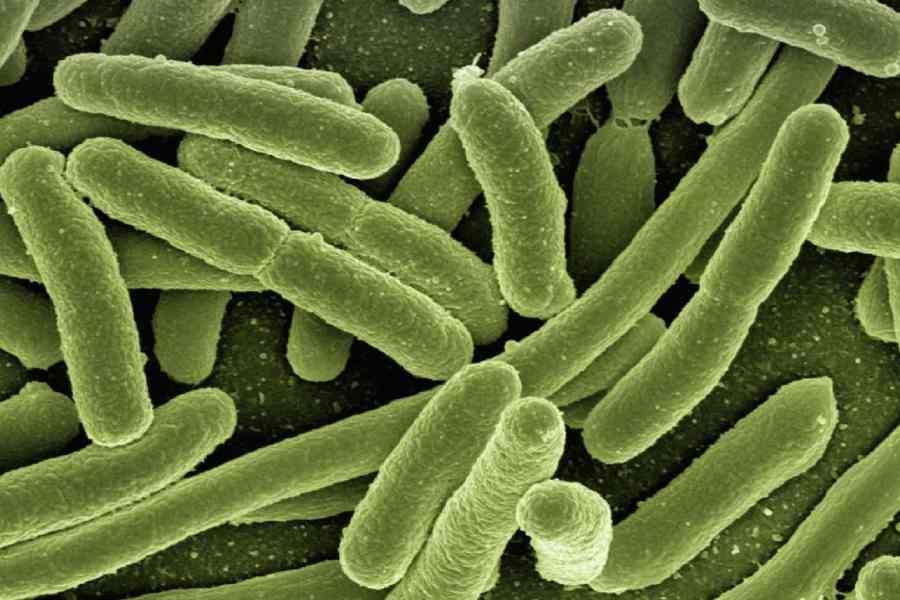Bangladesh has started using the Calcutta port to import cooking gas from West Asia, opening a new chapter of co-operation between two countries. A very large gas carrier (VLGC) is now anchored at the Sandheads, 145km south of Haldia on the high seas to carry out ship-to-ship (STS) transfer of cargo.
LPG will be transferred from VLGC, MT Miura to barges which will carry the load to Mongla port, 190km from the Sandheads. The port offers 25 metres of draft, allowing the entry of very large crude or gas carriers or capesize vessels.
An importer from Bangladesh was earlier using a port in Indonesia to carry out similar operations. The distance between Mongla and the Sandheads, which falls under the limit of Syama Prasad Mookerjee Port (SMP), Calcutta, is substantially lower compared with the Indonesian port.
SMP had carried out a similar operation for Bharat Petroleum Corporation Ltd (BPCL) in October when barges brought in LPG from VLGC to the Haldia port.
A VLGC can carry 45,000 tonnes of LPG. They cannot come to Haldia fully loaded because of the lower draft. Importers had to discharge half the cargo to nearby ports in the eastern region and bring the ship to Haldia.
The STS operation was first carried out last year: A VLGC come close to Haldia fully loaded, transferred the cargo to barges which brought the LPG to the shore.
“After we successfully demonstrated the STS operation, the port received many enquiries. This is the first one to materialise and we hope there will be many more to come. In effect, the port and Indian customs are extending the same facilities which we do for Nepal cargo,” Vinit Kumar, chairman of SMP, Calcutta, said.
The operation will continue with four barges. It would take about three days for each barge to load the cargo, discharge at Mongla and come back to MT Miura.
The Port will earn vessel related and cargo related charges. The port has provided its tug for towing and placing the Yokohama fenders on the vessels .
STS involves the transfer of LPG, CBFS (Carbon Black Feed Stock), crude oil, LNG and other form of liquid cargo from a mother vessel to a daughter vessel of similar size or of a smaller size but of same technical specifications.
Unlike lighterage operation of solid cargo, bulk STS of liquid bulk cargo does not require a crane or a transloader.
For the said operation in open sea conditions Yokohama fenders and assistance of Tug Boat is necessary. Yokohama fenders are pneumatic rubberized fenders made to offset the high impact due to ship-to- ship contact. Fenders are placed between the mother vessel and the daughter vessel so that the two vessels do not come in contact with each other.
Tug boats are used for towing the fenders from the Harbour to the sea and place them between mother and daughter vessel. Through this process, dead freighting of vessel — ships carrying less than optimum load capacity — in a port of shallow draft is considerably reduced.











